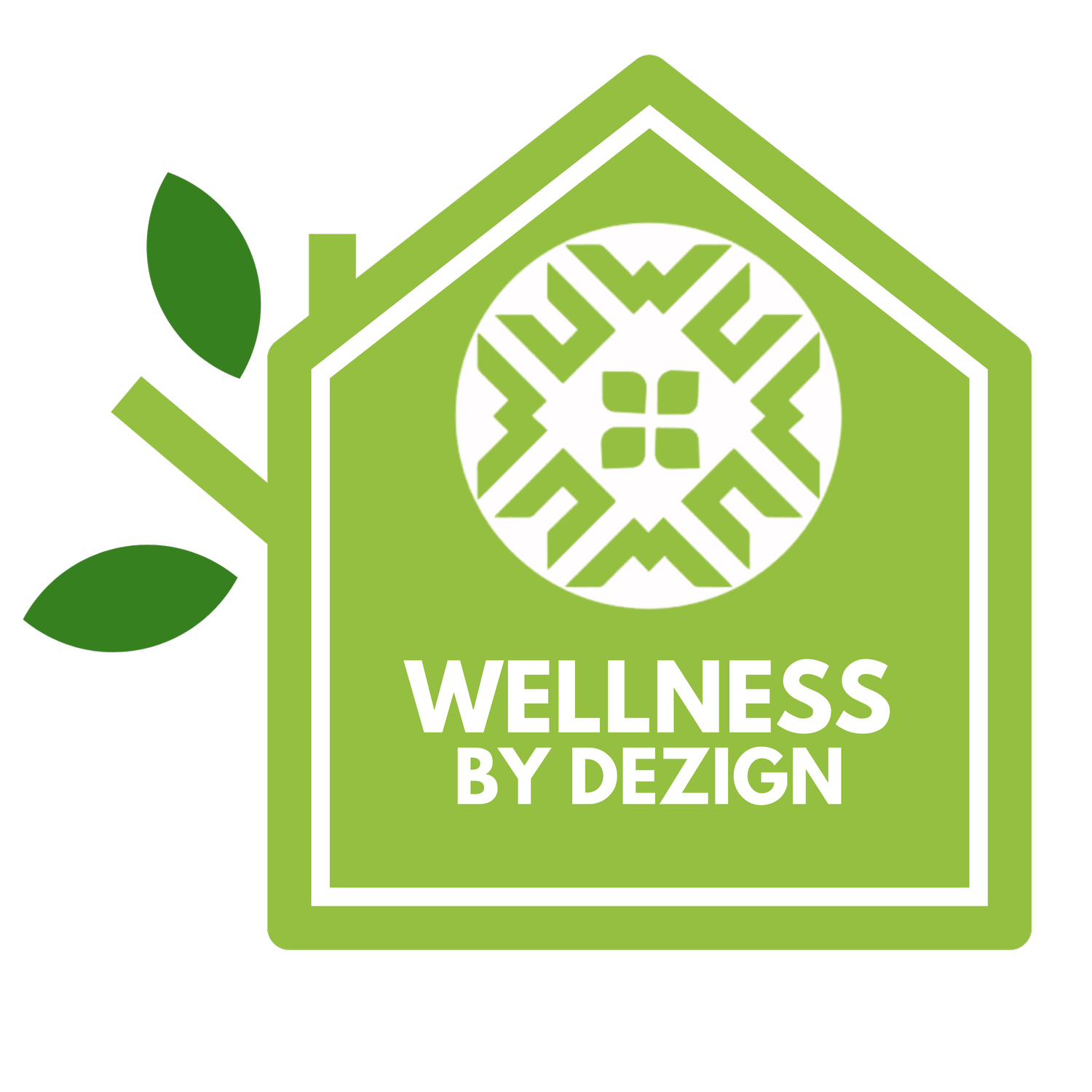The Benefits of Light Therapy for Seniors
As we age, our eyesight changes. These changes are normal but can effect our lifestyle and health in a myriad of ways. Older adults often lead more sedentary lifestyles, therefore spending more time indoors with limited exposure to natural light. This lack of sufficient daylight exposure can lead to circadian rhythm disruption, making it harder to maintain regular sleep-wake cycles. Additionally, conditions such as glaucoma can further impair light transmission to the brain's biological clock, exacerbating sleep problems.
What is Circadian Lighting?
Circadian lighting is a lighting system designed to mimic the natural progression of daylight, supporting the body's internal circadian rhythm—the 24-hour biological clock that regulates sleep, mood, and overall well-being.
How It Works:
Circadian lighting adjusts color temperature and intensity throughout the day:
Morning & Daytime (Cool, Bright Light - 5000K-6500K): Boosts alertness, focus, and energy.
Afternoon (Neutral White Light - 3500K-4500K): Maintains productivity while transitioning to relaxation.
Evening & Night (Warm, Dim Light - 2700K-3000K): Promotes relaxation, melatonin production, and restful sleep.
Benefits of Circadian Lighting for Seniors
1. Improves Sleep Quality
Many seniors struggle with insomnia, fragmented sleep, or early wake times.
Circadian lighting helps regulate melatonin production, reinforcing a healthy sleep-wake cycle and reducing nighttime wakefulness.
2. Enhances Mood & Reduces Depression
Lack of exposure to natural daylight—especially indoors—can lead to seasonal affective disorder (SAD) or feelings of isolation.
Dynamic circadian lighting simulates natural light, helping to lift mood and reduce depression, anxiety, and apathy.
3. Supports Cognitive Health
For seniors with Alzheimer’s or dementia, circadian lighting helps reduce sundowning symptoms like confusion, agitation, and restlessness in the late afternoon and evening.
Helps maintain clearer day-night orientation and supports mental clarity.
4. Reduces Fall Risk
Aging eyes need more light to perceive depth and avoid hazards.
Circadian lighting ensures optimal light levels during the day and warm, low-glare lighting at night, improving visibility and reducing the risk of falls—a top safety concern in senior care.
5. Boosts Daytime Energy & Engagement
Bright, blue-enriched lighting in the morning helps seniors feel more awake, energized, and socially engaged.
Encourages participation in activities, therapies, and daily routines.
6. Supports Overall Health
A balanced circadian rhythm is linked to stronger immune function, reduced inflammation, and even better cardiovascular health.
🏡 In Home Settings:
Seniors at home may lack routine outdoor exposure to daylight.
Circadian lighting systems (like smart bulbs or lamps) automatically adjust light color and intensity, creating a supportive, natural rhythm throughout the day.
Helps maintain independence by improving sleep, mood, and visibility in familiar surroundings.
🏥 In Assisted Living or Nursing Homes:
Institutional lighting often stays at one static level and color all day, which disrupts circadian rhythms.
Installing dynamic lighting systems helps reduce behavioral disturbances, regulate sleep, and improve the atmosphere for both residents and caregivers.
Improves safety and comfort in shared spaces like dining areas, activity rooms, and hallways.
The Connection between Circadian Disruption and Depression
Sleep disorders and depression are extremely common in older persons, and in research trials, light therapy has shown benefits for treating these disorders without the use of medication.
According to the National Institute of Health, light's impact on the circadian system is critical for seniors, as insufficient exposure to the light at the wrong time can desynchronize the biological clock, leading to physiological, neurobehavioral, and sleep impairments. The circadian and system must align for optimal sleep which will reduce depressive symptoms.
10 Ways to Improve Sleep Quality and Decrease Depression with Lighting
Morning Sunlight Exposure: Start the day with exposure to natural sunlight. Get outside for a early walk. If this is not possible for Seniors then open blinds, curtains or shades to allow sunlight to penetrate the retina and the brain.
Use Bright Light in the Morning: Use bright, cool-colored lights in the morning to promote wakefulness. Circadian lighting or ‘Smart lighting’ is an easy way to overcome depression, anxiety and sleep disorders.
Avoid Blue Light at Night: Reduce exposure to blue light from phones, TV screens and LED lights at least two hours before bedtime.
Dim Evening Lighting: Use dim, warm-colored lights in the evening to signal to your body that it’s time to wind down. Senior Living Communities must create a safe yet warm lighting throughout all living areas.
Consistent Lighting Schedule: Maintain a consistent lighting schedule to help regulate sleep-wake cycles.
Outdoor Time During the Day: Spend time outdoors during daylight hours to increase exposure to natural light. Getting exercise during this time is also helpful for a good nights sleep.
Install Adjustable Lighting: Use lighting systems that can adjust in intensity and color temperature throughout the day.
Bedroom Darkness: Ensure the bedroom is completely dark during sleep by using blackout curtains or an eye mask. Cool temperatures are also helpful for wellbeing.
Nightlights: Use dim, red or amber-colored nightlights, if needed, for navigating at night to minimize melatonin disruption.
Light Therapy: Consider using light therapy boxes or lightbulbs in the morning, especially during winter months, to compensate for reduced daylight exposure.
How Circadian Lighting Affects Well-Being Overall
Circadian lighting aligns the indoor environment with natural light cues—something our bodies are biologically wired for. By doing so, it supports:
Physical health (better sleep, fewer falls, stronger immunity)
Mental health (improved mood, less anxiety, cognitive support)
Social wellness (more energy to engage with others and daily routines)



